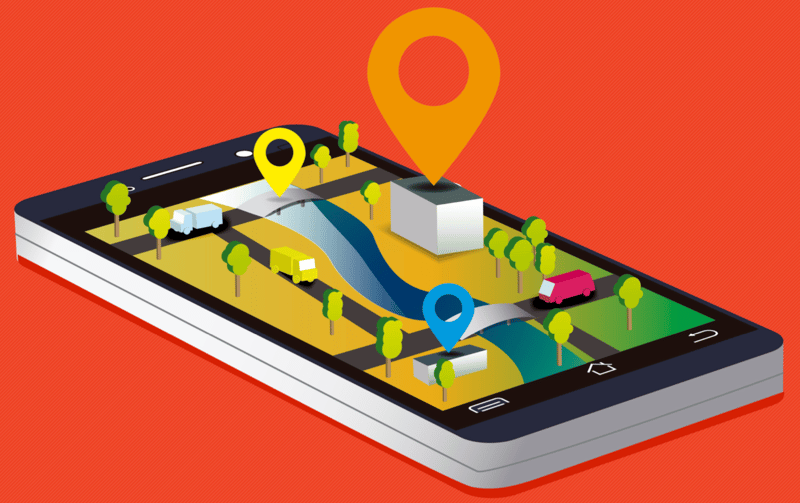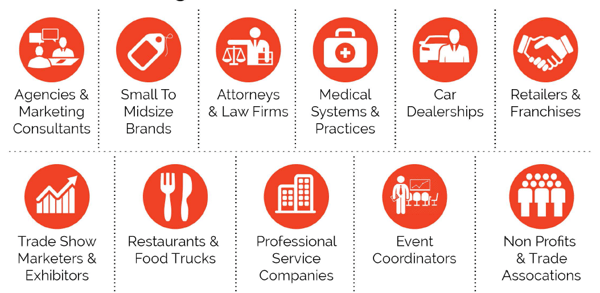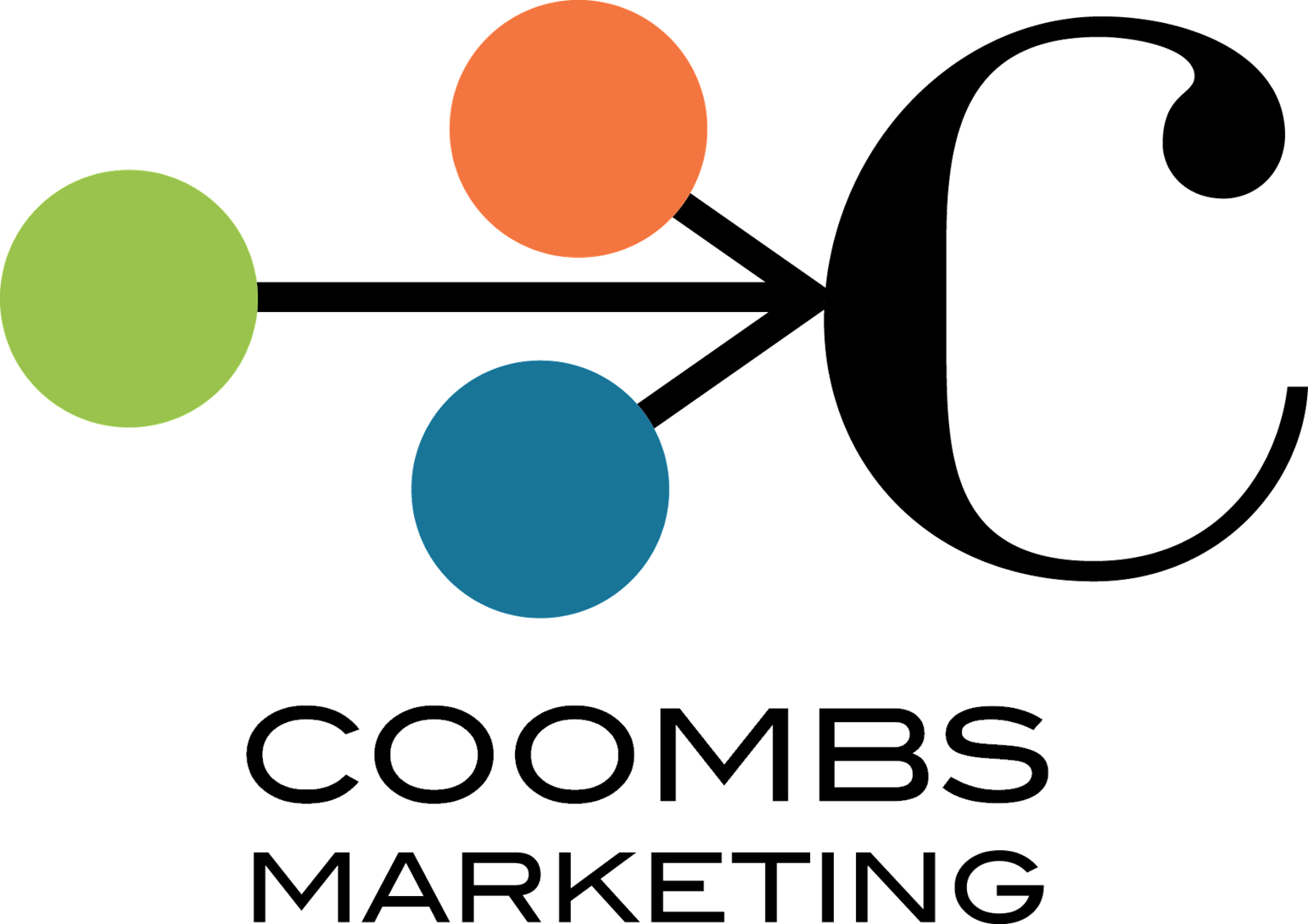 Geofencing is one of the new kids on the block in the digital marketing world, for small and medium sized business. SMB marketers did not have access to this sophisticated, hyperlocal targeting technique until recently. But we do today!
Geofencing is one of the new kids on the block in the digital marketing world, for small and medium sized business. SMB marketers did not have access to this sophisticated, hyperlocal targeting technique until recently. But we do today!
It was mainly the larger brands and companies that could afford the required $20,000/month+ spend levels... until recently. Those spend levels are still required by many demand side platforms (DSP's), but now local companies and brands can utilize geofencing and programmatic display advertising at much, much smaller minimums by working directly with a few digital agencies.
So What Is Geofencing?
Geofencing gives companies the ability to show their digital ads to people who have been in very precise areas (within inches of a building), and target users on their mobile devices, tablets and desktops. For instance, we "Geofence" a trade show location, and the phones and tablets of that show's attendees. Because they entered the "geofence", they now see our specifically targeted ads. We know their interests. They are at the trade show! This gives advertisers very specifically focused and targeted reach with their ad spend, and precise ways to measure their results.
Consider how much more efficient you can get when you are targeting specific buildings and areas for a company, versus a 1-mile or 2-mile radius of the location you want to target. With geofencing, you can build individual virtual fences around particular locations where you know your ideal clients frequent.
When you're advertising to a geofence location audience, three key factors should matter to your brand:
· Who are, and why are you targeting, the people who visit this location?
· What's the relevant compelling message your ad will convey? How will you get them to "click"?
· Is the landing page, they click through to, compelling enough for them to take action?
The upside to geofencing is you are truly getting your message in front of the audience that matters the most to your brand based on their physical activities and the places they go.
How Geofencing Works
Advertisers target users while they are at the location you are geofencing. Your target audience only needs location services turned on in their mobile device, tablet or laptop, in any of their apps. They can then be on their smartphone device or tablet/laptop playing on apps or browsing websites... and see your ads, which are targeted and completely relevant to them. So you are able to target and speak to them while they are at the location and after.
Beyond measuring clicks to your site, there is another very cool way we use this technique. If you have your own local retail location, you can geofence that location as a "conversion zone". So if a prospect entered your targeted "geofence", (maybe a competitor location?) and then came to your "conversion" location, that is counted and tracked. This is great for retailers, lawyers, restaurants or medical practices.
It's important to note that you also serve ads to them after they leave the geofence. The platform places a cap of 30 days that the person can see your ads, but once they click on your ad and they visit your website, that individual can see your ads and offers for longer periods of time (up to 1 year in some cases).
Unlike offline advertising channels, geofencing provides you with analytics realtime. You will start getting data the same day the campaign has been launched. Having the data will allow you to make decisions realtime and pivot based on what is and is not working within your advertising.
Who Geofencing Is Perfect For:

Programmatic Display Advertising
Geofencing falls under the umbrella of programmatic display advertising, which traditionally does not charge by the click. It's NOT Pay Per Click like Google Adwords and Bing Ads. Instead, it is charged by the impression. An impression is when an ad, via a mobile app or website, passes your line of sight or purview ... similar to you driving past a billboard or listening to a radio spot....those count as impressions. CPM stands for Cost per 1,000 impressions served.
Video targeting for geofencing has been incredibly effective for clients. We've seen medical groups perform really well with video ads because of how engaging they can be to their target audience. However, video is also more expensive because there is limited advertising space in the market.
Don't be shy to mix in both static ads and video ads into your geofencing strategy either. Video may be slightly more expensive, but it will also yield more engagement and a stronger audience to pull to your brand.
Like all digital marketing, strategy is imperative. Many companies who choose to venture into geofencing do so without getting clear on what their core KPI might be. But understanding this helps us develop everything from your targeted locations, your ad copy, and even changes to your website. The best practice is to create one complete cohesive message, that follows the prospect all the way to your landing page, and to taking some action that leads to them becoming a customer.
The overarching point of geofencing is to give you the chance to micro target a core demographic based on "where" they are, and reduce the waste in your ad spend.
We do not suggest throwing out your existing marketing strategies such as GoogleAds, SEO, or email marketing. Look at this as a campaign supplement that will give you more exposure in targeted places and a proper way to measure results.
Interested in learning more about geofencing and programmatic advertising? Contact us and we can tell you how we are using it for our clients. Maybe it's right for you!
Interested in video? Take a look at our Guide to Video Marketing for small and medium-sized businesses.




